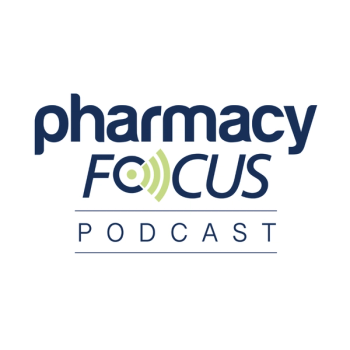
FDA Updates Hepatitis C Drug Labeling to Include New Clinical Data
The revised labeling for glecaprevir and pibrentasvir (Mavyret) includes data from clinical trials on the safety and efficacy of the treatment for HIV-1 coinfected patients and liver and kidney transplant recipients.
The FDA has approved updates to the labeling for hepatitis C virus (HCV) drug glecaprevir and pibrentasvir (Mavyret) to include new data from 2 clinical studies, according to a press release.
Labeling revisions include updates to the dosing recommendations, as well as safety and efficacy outcomes data from the HCV/HIV-1 coinfection study (M14-730) and from the liver and renal transplant study (M13-596).
The Dosage and Administration section was updated to include dosing recommendations for 12 weeks in liver or kidney transplant recipients and a 16-week treatment duration in genotype 1-infected patients who are NS5A inhibitor-experienced without prior treatment with an NS3/4A protease inhibitor or in genotype (GT) 3-infected patients who are pegylated interferon, ribavirin, and sofosbuvir (PRS) treatment-experienced.
Additionally, the Adverse Reactions and Clinical Studies sections were updated to include safety and efficacy data from the trials for HCV/HIV-1 coinfected individuals and patients with liver or kidney transplant.
The updated labeling includes data for:
- Adverse reactions in HCV/HIV-1 coinfected individuals.
- Adverse reactions in individuals with liver or kidney transplant.
- Treatment-naïve or PRS treatment-experienced adults with HCV/HIV-1 coinfection without cirrhosis or with compensated cirrhosis.
- Treatment naïve or PRS treatment-experienced adults with liver or kidney transplant without cirrhosis.
Updated safety information includes the following key data:
- Adverse reactions assessed in patients with HIV-1 coinfection from treatment for 8 or 12 weeks included fatigue (10%), nausea (8%), and headache (5%).
- The overall safety profile in patients with HIV-1 coinfection was similar to that observed in HCV mono-infected individuals.
- In liver or kidney transplant recipients, the overall safety profile was similar to that observed in individuals in the phase 2 and 3 studies without a history of transplantation.
- The most common adverse reactions in patients with liver or kidney transplant observed after receiving treatment for 12 weeks were headache (17%), fatigue (16%), nausea (8%), and pruritis (7%).
- Eighty-one percent of patients with liver or kidney transplant treated with glecaprevir and pibrentasvir had adverse reactions of mild severity and 2% experienced a serious adverse reaction.
Additionally, labeling was updated to reflect the following clinical trial efficacy outcomes data:
- The EXPEDITION-2 study assessed efficacy in 153 HCV/HIV-1 coinfected patients, including those who were HCV treatment-naïve or treatment experienced to combinations of pegylated interferon, ribavirin, and/or sofosbuvir, with the exception of GT3-infected individuals who were all treatment naïve.
- In EXPIDITON-2, the SVR12 rate in HCV/HIV-1 coinfected patients was 98% (150/153). One patient experienced on-treatment virologic failure and no patients relapsed.
- MAGELLAN-2 evaluated 100 post-liver or -kidney transplant HCV GT 1, 2, 3, 4, or 6 infected patients without cirrhosis who received treatment for 12 weeks, including HCV treatment-naïve or treatment-experienced to combinations of pegylated interferon, ribavirin, and/or sofosbuvir with the exception of GT3-infected patients who were all treatment-naïve.
- In MAGELLAN-2, the overall SVR12 rate in post-transplant patients was 98% (98/100). There was 1 relapse and no on-treatment virologic failures.
Newsletter
Stay informed on drug updates, treatment guidelines, and pharmacy practice trends—subscribe to Pharmacy Times for weekly clinical insights.
























































































































































































































